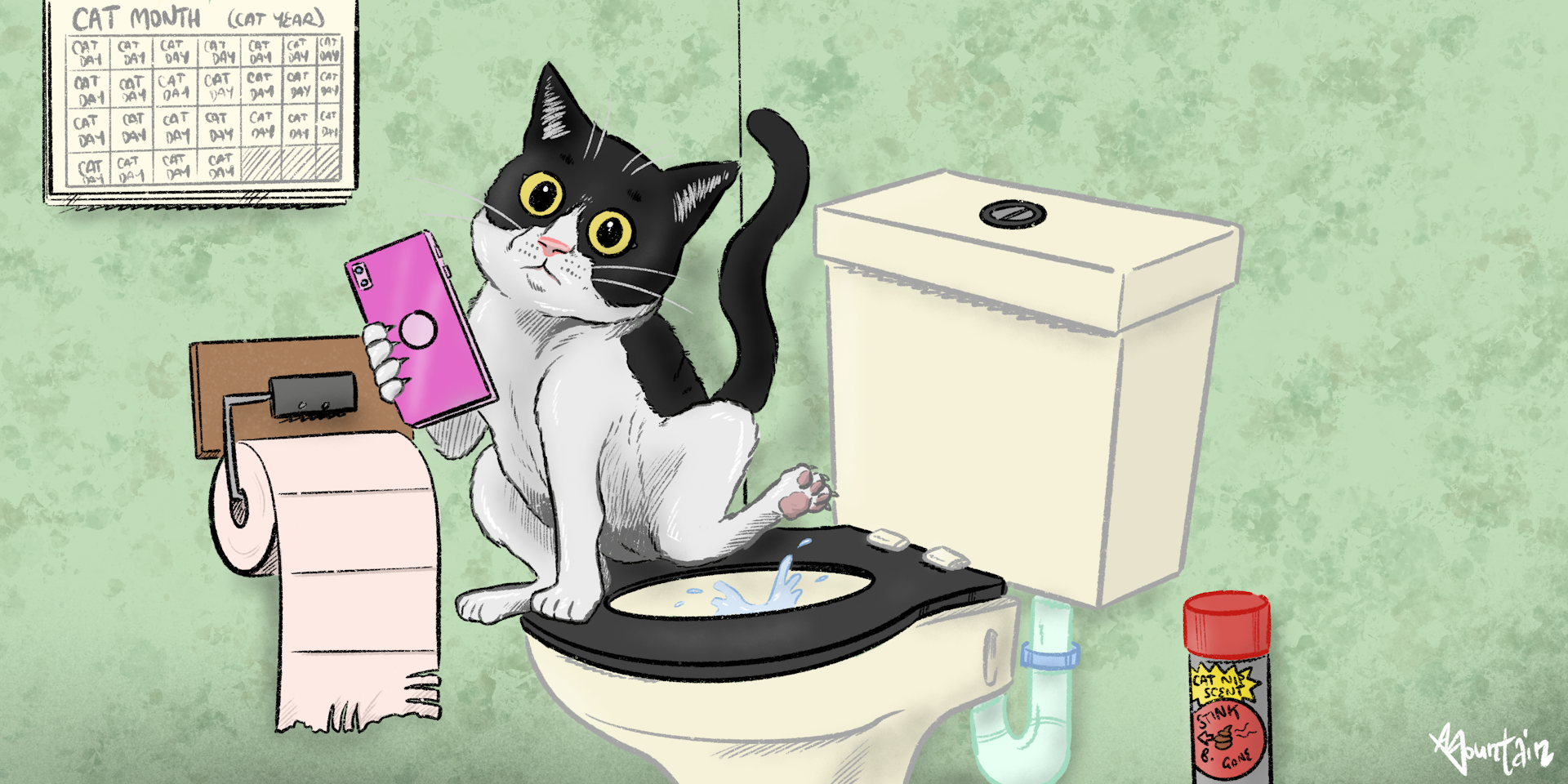Presented here down the page you will find a lot of wonderful insight in regards to How to Dispose of Cat Poop and Litter Without Plastic Bags.

Introduction
As cat proprietors, it's important to bear in mind how we dispose of our feline good friends' waste. While it might seem hassle-free to flush pet cat poop down the bathroom, this practice can have destructive repercussions for both the atmosphere and human wellness.
Alternatives to Flushing
Fortunately, there are much safer and a lot more liable methods to deal with pet cat poop. Think about the following alternatives:
1. Scoop and Dispose in Trash
The most usual approach of dealing with feline poop is to scoop it right into an eco-friendly bag and throw it in the garbage. Be sure to make use of a devoted litter scoop and take care of the waste without delay.
2. Use Biodegradable Litter
Select naturally degradable cat clutter made from materials such as corn or wheat. These clutters are environmentally friendly and can be safely disposed of in the garbage.
3. Bury in the Yard
If you have a backyard, consider burying feline waste in an assigned area away from veggie yards and water resources. Be sure to dig deep enough to prevent contamination of groundwater.
4. Set Up a Pet Waste Disposal System
Buy an animal garbage disposal system especially made for feline waste. These systems use enzymes to break down the waste, minimizing odor and ecological effect.
Health and wellness Risks
In addition to ecological issues, flushing pet cat waste can likewise present wellness dangers to humans. Feline feces may have Toxoplasma gondii, a parasite that can create toxoplasmosis-- a potentially extreme illness, especially for expectant women and individuals with weakened body immune systems.
Ecological Impact
Purging cat poop presents harmful pathogens and bloodsuckers into the supply of water, posturing a substantial threat to aquatic ecosystems. These impurities can negatively influence marine life and concession water top quality.
Verdict
Liable animal possession prolongs beyond providing food and sanctuary-- it additionally entails correct waste monitoring. By avoiding flushing pet cat poop down the bathroom and choosing alternative disposal approaches, we can minimize our ecological footprint and protect human health and wellness.
Why Can’t I Flush Cat Poop?
It Spreads a Parasite
Cats are frequently infected with a parasite called toxoplasma gondii. The parasite causes an infection called toxoplasmosis. It is usually harmless to cats. The parasite only uses cat poop as a host for its eggs. Otherwise, the cat’s immune system usually keeps the infection at low enough levels to maintain its own health. But it does not stop the develop of eggs. These eggs are tiny and surprisingly tough. They may survive for a year before they begin to grow. But that’s the problem.
Our wastewater system is not designed to deal with toxoplasmosis eggs. Instead, most eggs will flush from your toilet into sewers and wastewater management plants. After the sewage is treated for many other harmful things in it, it is typically released into local rivers, lakes, or oceans. Here, the toxoplasmosis eggs can find new hosts, including starfish, crabs, otters, and many other wildlife. For many, this is a significant risk to their health. Toxoplasmosis can also end up infecting water sources that are important for agriculture, which means our deer, pigs, and sheep can get infected too.
Is There Risk to Humans?
There can be a risk to human life from flushing cat poop down the toilet. If you do so, the parasites from your cat’s poop can end up in shellfish, game animals, or livestock. If this meat is then served raw or undercooked, the people who eat it can get sick.
In fact, according to the CDC, 40 million people in the United States are infected with toxoplasma gondii. They get it from exposure to infected seafood, or from some kind of cat poop contamination, like drinking from a stream that is contaminated or touching anything that has come into contact with cat poop. That includes just cleaning a cat litter box.
Most people who get infected with these parasites will not develop any symptoms. However, for pregnant women or for those with compromised immune systems, the parasite can cause severe health problems.
How to Handle Cat Poop
The best way to handle cat poop is actually to clean the box more often. The eggs that the parasite sheds will not become active until one to five days after the cat poops. That means that if you clean daily, you’re much less likely to come into direct contact with infectious eggs.
That said, always dispose of cat poop in the garbage and not down the toilet. Wash your hands before and after you clean the litter box, and bring the bag of poop right outside to your garbage bins.
https://trenchlesssolutionsusa.com/why-cant-i-flush-cat-poop/

Do you like reading up on How to Dispose of Cat Poop and Litter Without Plastic Bags? Create a comment further down. We'd be pleased to know your thoughts about this review. Hoping to see you back again soon. Kindly take the time to distribute this blog posting if you enjoyed it. Thanks a lot for your time invested reading it.
Get An Estimate